Total: 11 posts
Posts in: Books
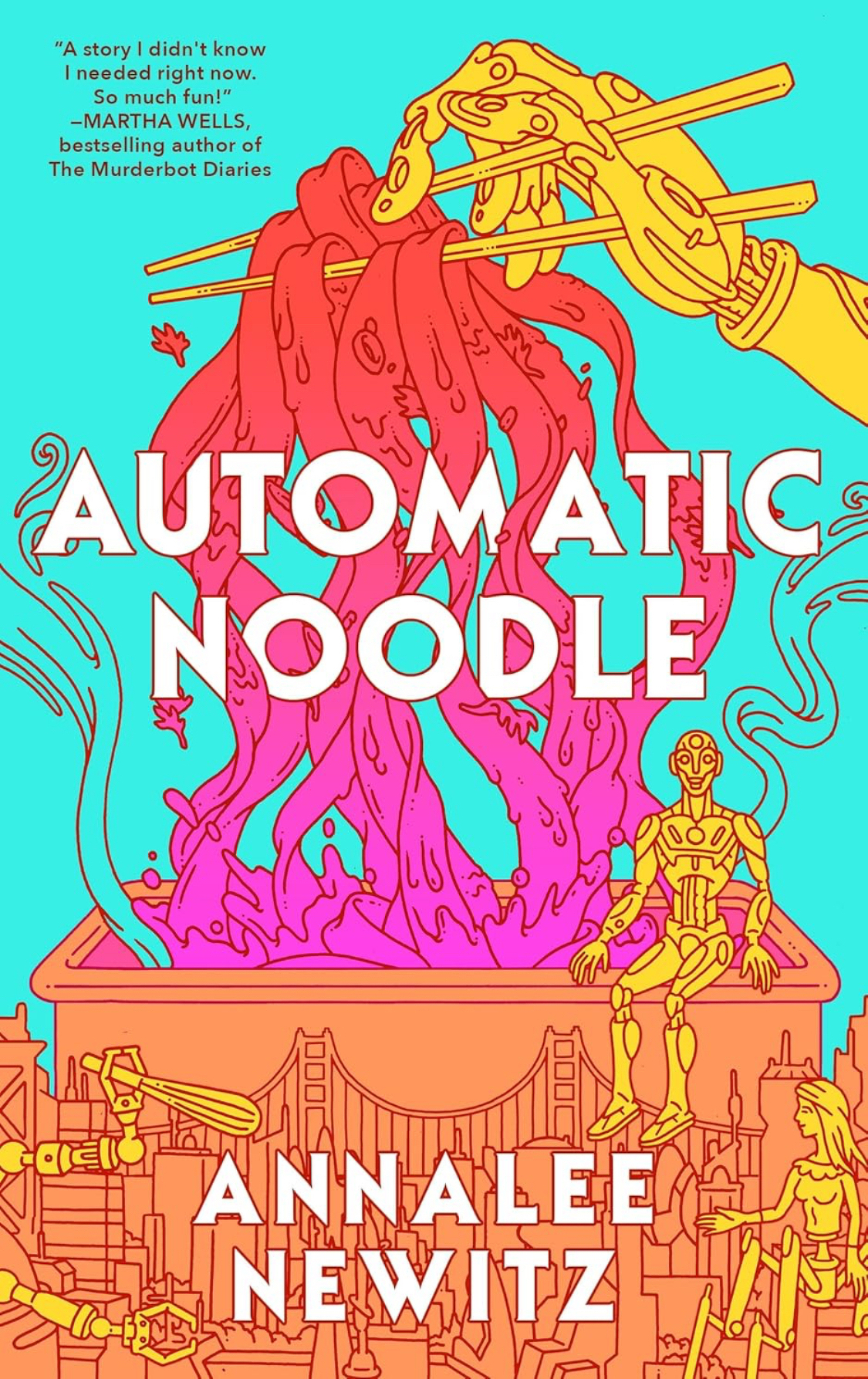
Books
Pulled noodles, pulled heartstrings in Annalee Newitz’s Automatic Noodle
We’ve all been told robots will take our jobs. What if they taught us how to resist instead?
The four robots in Annalee Newitz’s novella, Automatic Noodle (Aug 5, 2025), Staybehind, Sweetie, Cayenne, and Hands, do just that. This book has a big …
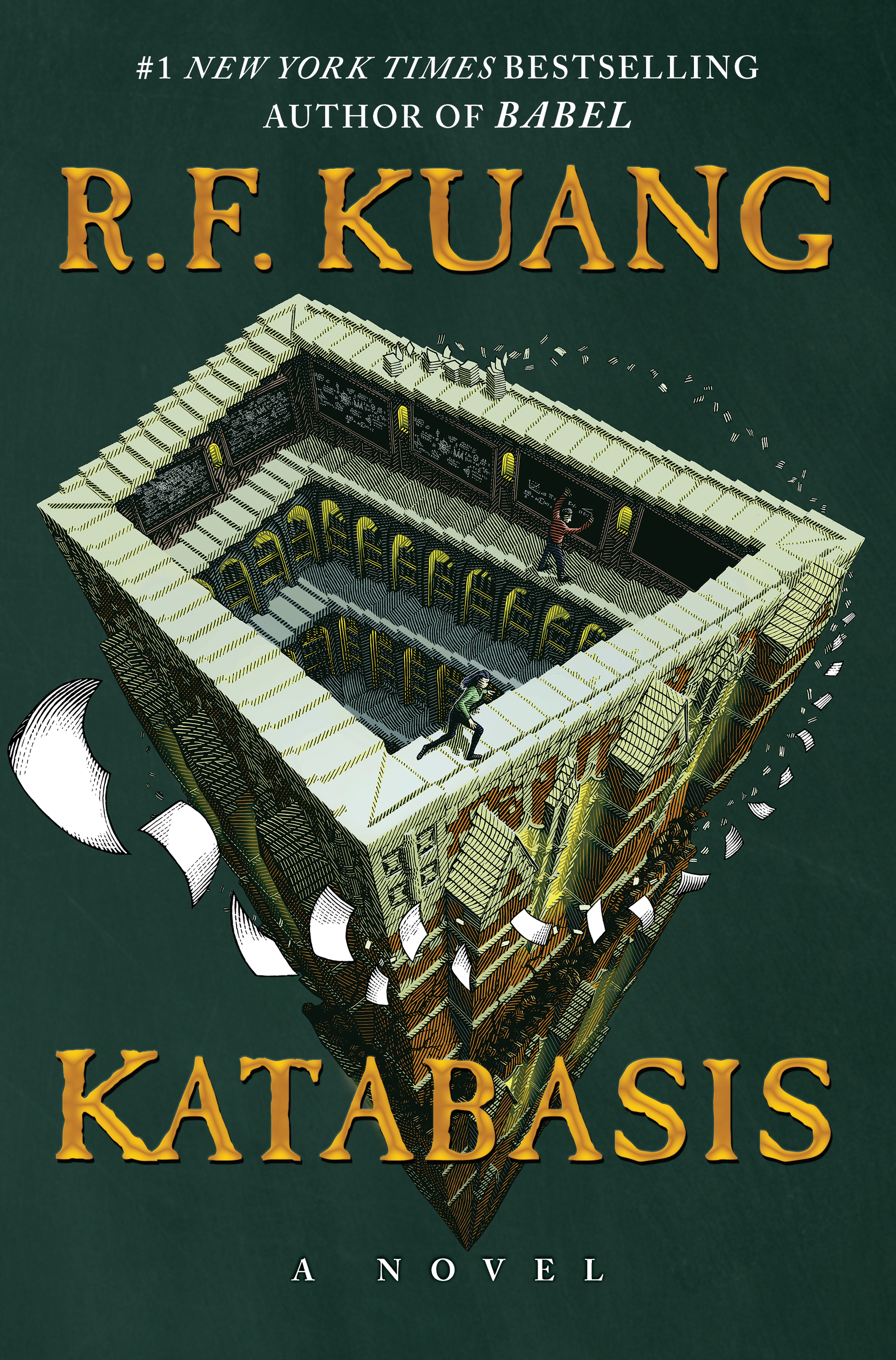
Books
Katabasis takes us deep into the underworld of the mind
Like the stinging wasps in Dante’s Inferno, something needled me as I read Katabasis, the latest from R.F. Kuang, academic and best-selling author of Yellowface, Babel, and The Poppy War series.
Katabasis, meaning descent into the underworld in …
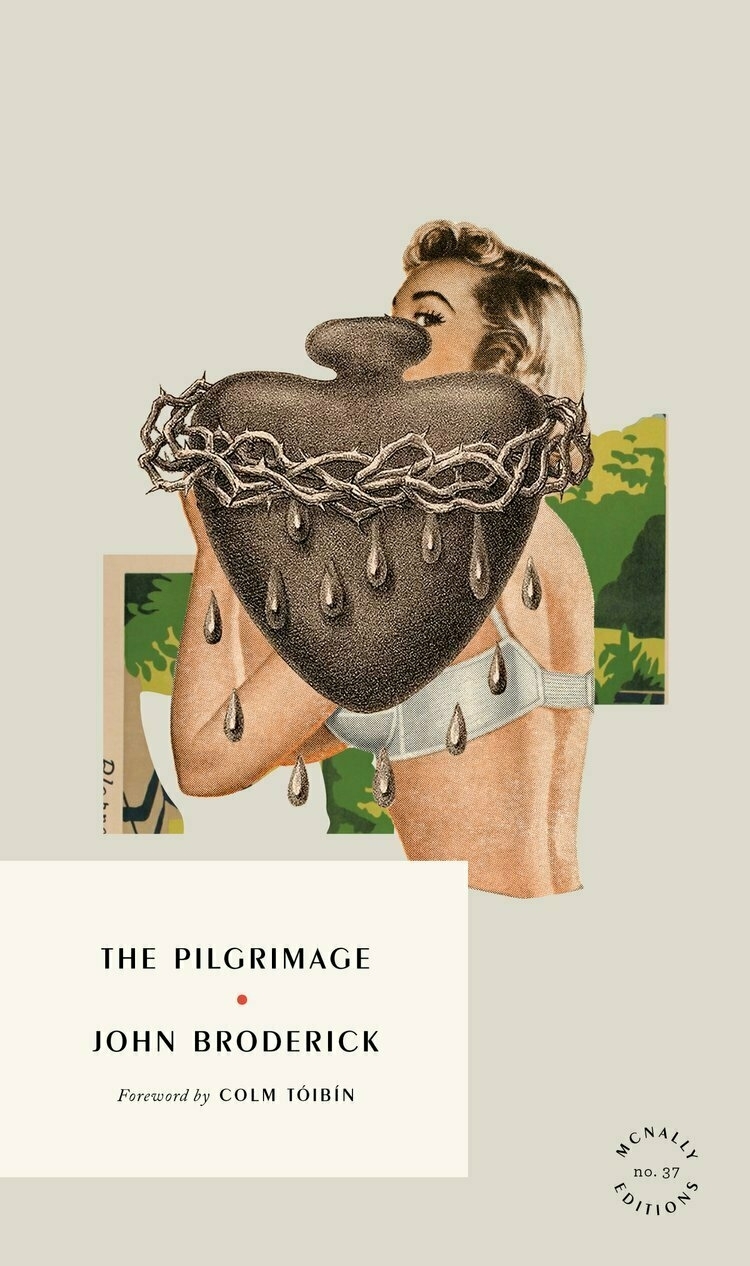
Books
Belching bishops and domestic affairs: a review of The Pilgrimage by John Broderick
Alright, I’ll admit it: I have a crush. But this isn’t just any crush. It’s on a bookstore: McNally Jackson in New York City.
Have we met? No. Do they know I exist? Also no. Would I drop everything and move to NYC to be with them? Certainly not. …

Books
Book review: the many contradictions of Mark Twain
Over the course of Ron Chernow’s lengthy (and I mean lengthy) new biography of Mark Twain, the titular subject comes to feel like a beloved house guest who overstays his welcome. Yet, once gone, he is missed terribly. Such is the paradox of Twain—a …
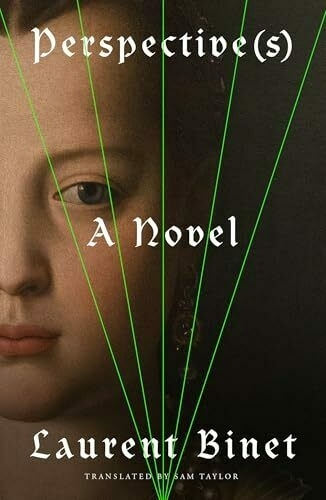
Books
Review of “Perspective(s)” by Laurent Binet: Renaissance Scandal Meets Modern AI Concerns
Nasty rumours, intricate plots, boldfaced lies, declarations of love, and accusations of murder—letters containing all these flit across Renaissance Italy in Laurent Binet’s epistolary “Perspective(s)” (translated by Sam Taylor, 2023). With a plot as …

Books
AI
AI won’t write literature—but it might push it forward
Sam Altman, CEO of OpenAI, recently shared a short story written by an unreleased large language model (LLM) that is “good at creative writing.” He claims it’s the first time he’s been “really struck by something written by AI.” Critics were divided …
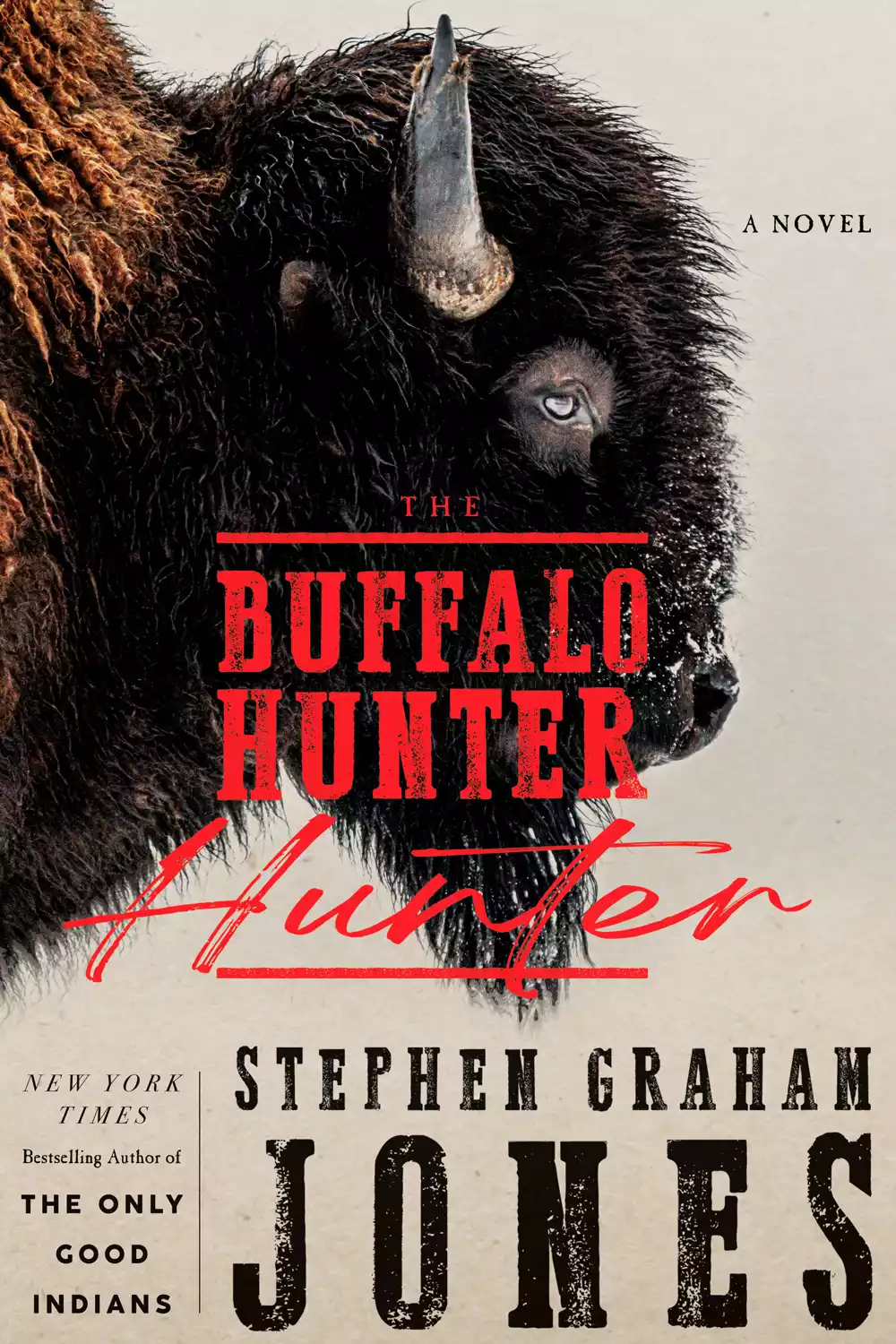
Books
Vampires and Vengeance: Review of The Buffalo Hunter Hunter
You haven’t read a book like The Buffalo Hunter Hunter before. This captivating, disturbing blend of vampire mythology and Indigenous history offers something new to the horror genre. Released on March 18, 2025, this nested narrative holds a …
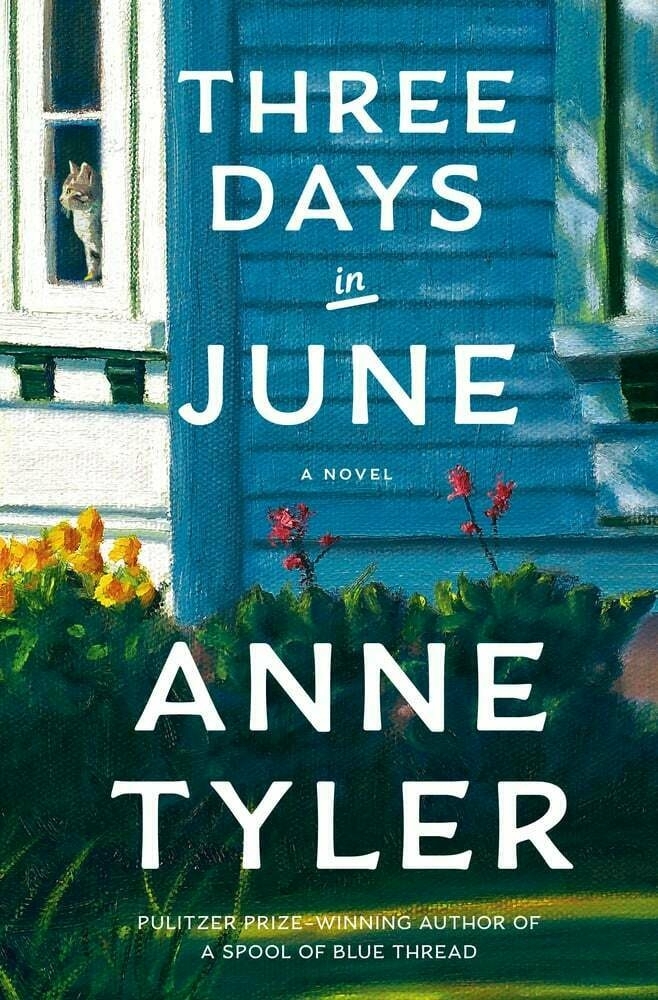
Books
Book Review: Three Days in June explores faithfulness, forgiveness, and family
Anne Tyler’s Three Days in June is a svelte, finely crafted exploration of faithfulness, forgiveness, and family. Her sentences string together like the lace of a wedding veil, a gossamer that reveals complexity when held up to the light.
The …
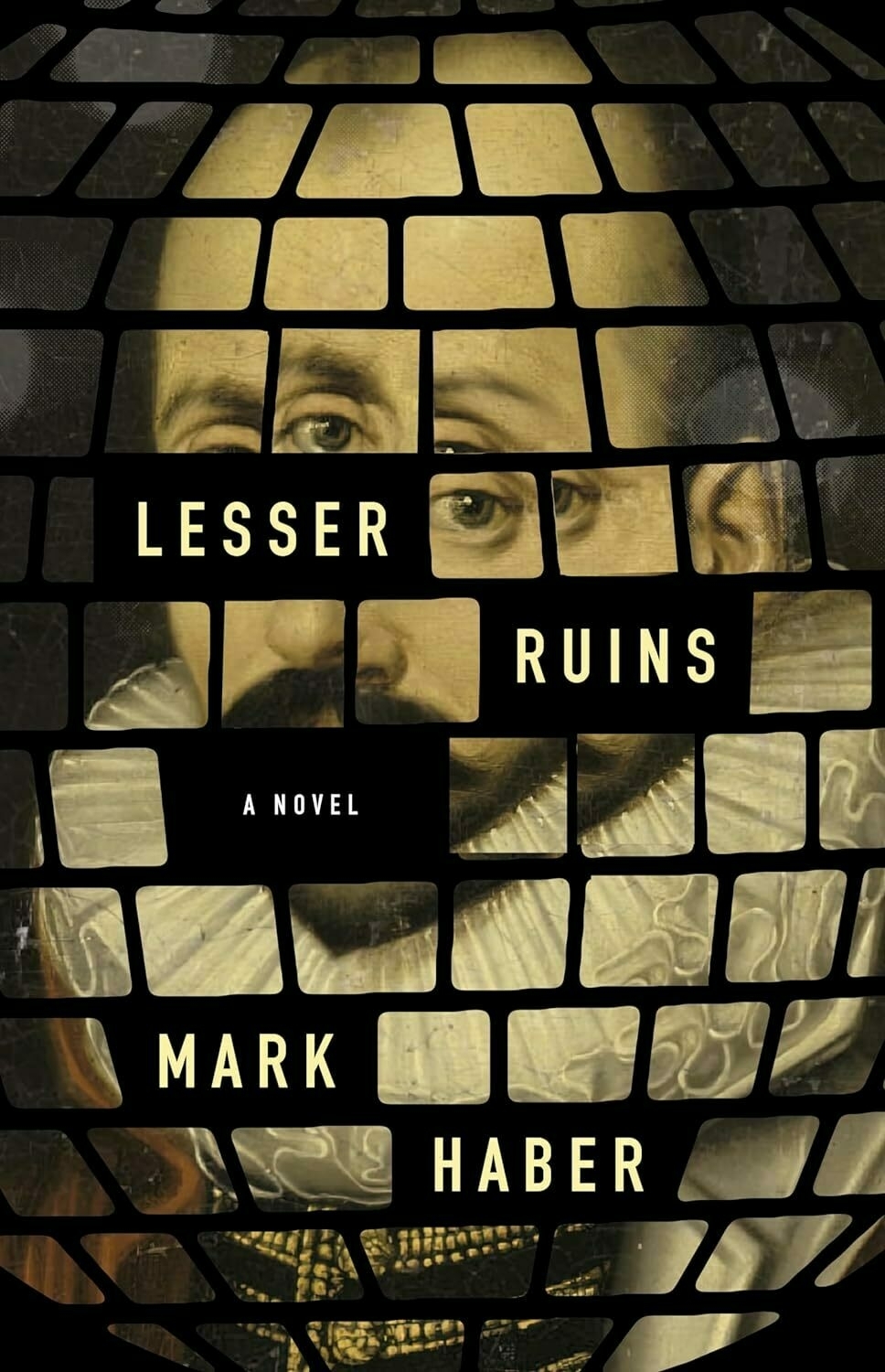
Books
Book Review: Lesser Ruins Captures Modern Loss
“Anyway, I think, she’s dead, and though I loved her, I now have both the time and freedom to write my essay on Montaigne . . .” With these startling words, Mark Haber launches his tragicomic third novel, Lesser Ruins. It’s a …
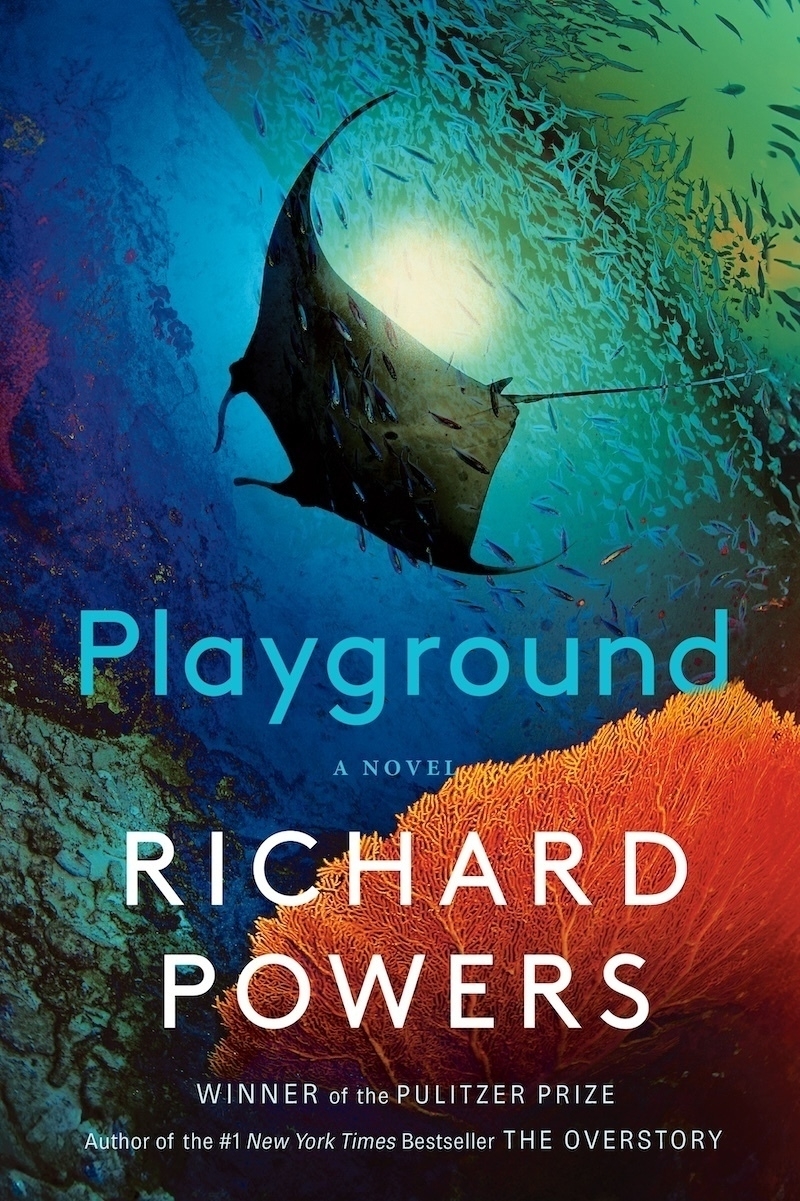
Books
Book Review: Playground by Richard Powers
Playground, the latest from Pulitzer Prize winning author Richard Powers, uses the island of Makatea as a microcosm for contemporary debates about AI, environmental justice, and neocolonialism. Through its exploration of the interconnectedness of …
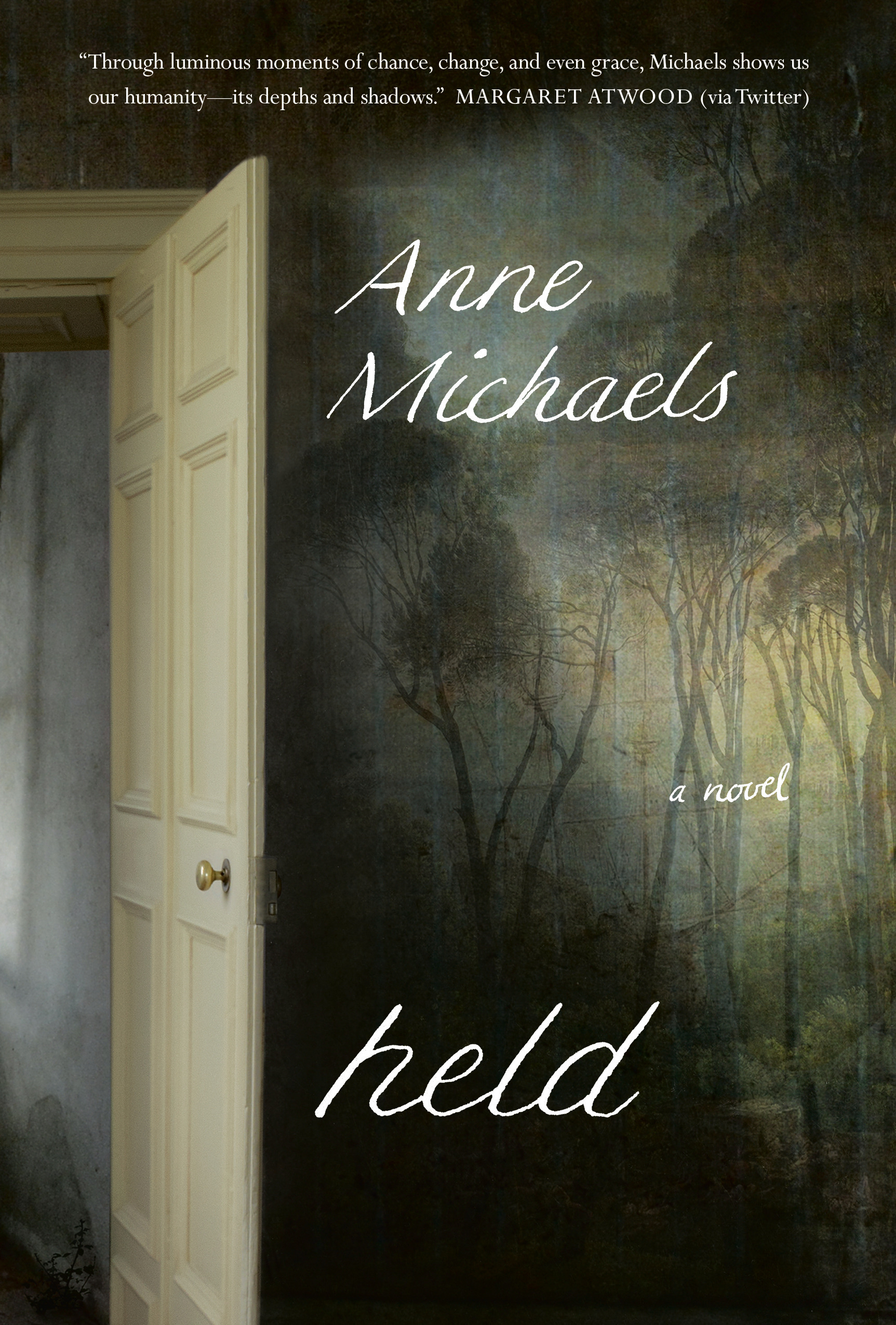
Books
Book review: Held explores echoes of trauma
If you’re looking to cozy up and get lost in a ripping yarn, Held by Anne Michaels isn’t the book for you. But if you’re up for confronting life’s biggest questions, it might be your cup of tea.
The novel opens in 1917 with John, a severely injured …